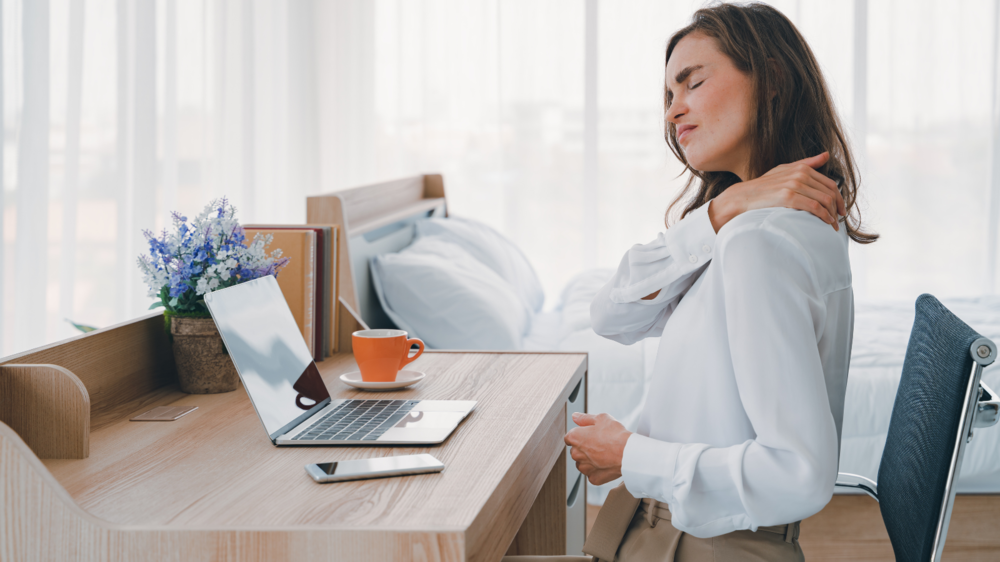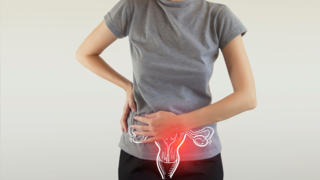In this article:
What Is Relaxin and Why Is It Released?
Relaxin is a peptide hormone that increases significantly during early pregnancy. It’s produced primarily by the corpus luteum in the ovaries and, later in pregnancy, by the placenta and decidua. Its main roles include:- Softening ligaments, especially around the pelvis
- Relaxing the cervix and preparing the uterus for labour
- Suppressing uterine contractions in early pregnancy to support implantation
How Relaxin Affects Your Body and Daily Movement
While essential for childbirth, relaxin’s effects on the musculoskeletal system can lead to:- Joint instability: Loosened ligaments can cause joints to feel wobbly or less secure. This might present as knee pain, ankle rolling, or difficulty balancing.
- Increased risk of injury: Pregnant individuals are more prone to sprains and strains, especially when climbing stairs, standing for extended periods, or wearing unsupportive footwear.
- Pelvic girdle pain (PGP): Relaxin softens the sacroiliac joints and pubic symphysis, which can cause deep pelvic or groin discomfort, often intensifying in the second and third trimesters.
- Lower back pain: As your centre of gravity shifts, relaxin may weaken spinal ligament support, causing lumbar strain and postural changes.
- Foot and arch changes: Ligament laxity can lead to arch flattening, overpronation, or even a permanent increase in shoe size.
Factors That Influence Relaxin’s Effects
Relaxin affects everyone differently. These factors may intensify its impact:- Pre-existing joint or ligament issues: Individuals with prior sprains, hypermobility, or chronic pain may feel more pronounced effects.
- Rapid or excessive weight gain: Additional weight puts strain on already-loosened joints, especially in the lower body.
- Multiple pregnancy (twins or more): Higher relaxin levels are often observed, increasing musculoskeletal discomfort.
- High-impact activity: Running, jumping, or lifting can increase the risk of ligament strain.
- Sedentary lifestyle: Weak core and pelvic muscles may fail to stabilise loose joints.
Can You Test or Track Relaxin Levels?
Relaxin is not typically measured in routine pregnancy care. While its levels are known to peak in the first trimester (around weeks 10–14), there’s no standard blood test offered unless you're in a research setting.However, if you're experiencing:
- Severe pelvic girdle pain
- Recurrent joint instability
- Symptoms of symphysis pubis dysfunction (SPD)
How to Manage Symptoms Caused by Relaxin
You can’t stop your body from producing relaxin, but you can minimise its effects:- Pelvic support belts: These offer external support and stabilise the pelvis and lower back.
- Low-impact exercise: Activities like swimming, prenatal yoga, and walking help strengthen stabilising muscles safely.
- Supportive footwear: Shoes with arch support and anti-slip soles can reduce strain and injury.
- Postural alignment: Maintain neutral spine posture; avoid locking knees or crossing legs.
- Avoid overstretching: Be cautious with flexibility-based workouts, especially if you have hypermobility.
- Prenatal physiotherapy: A specialist can provide tailored exercises and posture correction.
- Strategic rest: Pace your activities. Use pillows or props to support joints while sitting or sleeping.
Emotional and Practical Support
A body that suddenly feels unfamiliar can be overwhelming. You might feel awkward, self-conscious, or fatigued. These aren’t signs of weakness; they’re responses to real hormonal changes.- Be compassionate with yourself: Mobility and confidence may temporarily shift.
- Communicate clearly: At work or home, ask for help with bending, lifting, or long hours of standing.
- Mental health matters: If physical discomfort affects your mood or sleep, talking to a perinatal therapist can be helpful.
FAQs on The Role of Relaxin in Pregnancy: Why Your Joints Feel Loose and Wobbly
- When does relaxin start to affect my joints?
Relaxin levels begin rising in the first trimester and usually peak around weeks 10–14, though effects can be felt throughout pregnancy. - Do relaxin levels drop after childbirth?
Yes, relaxin levels drop after birth but may remain slightly elevated during breastfeeding, particularly if ovulation hasn’t resumed. - Is all joint pain during pregnancy due to relaxin?
No. Postural shifts, weight gain, and pre-existing conditions also contribute. A clinical evaluation is key to understanding the cause. - Can I prevent ligament loosening?
Not entirely, but its effects can be mitigated through physical support, movement awareness, and guided therapy.






